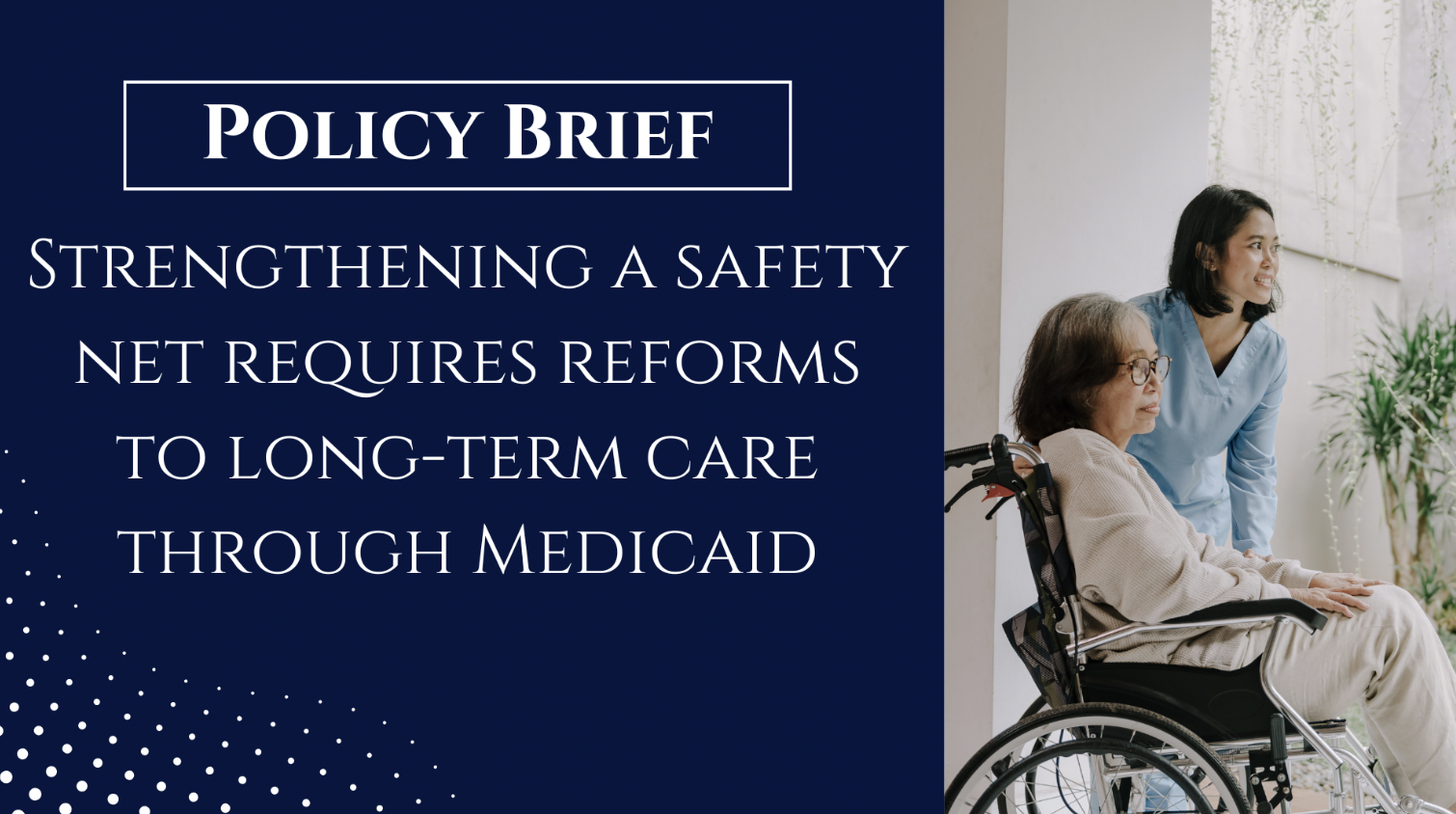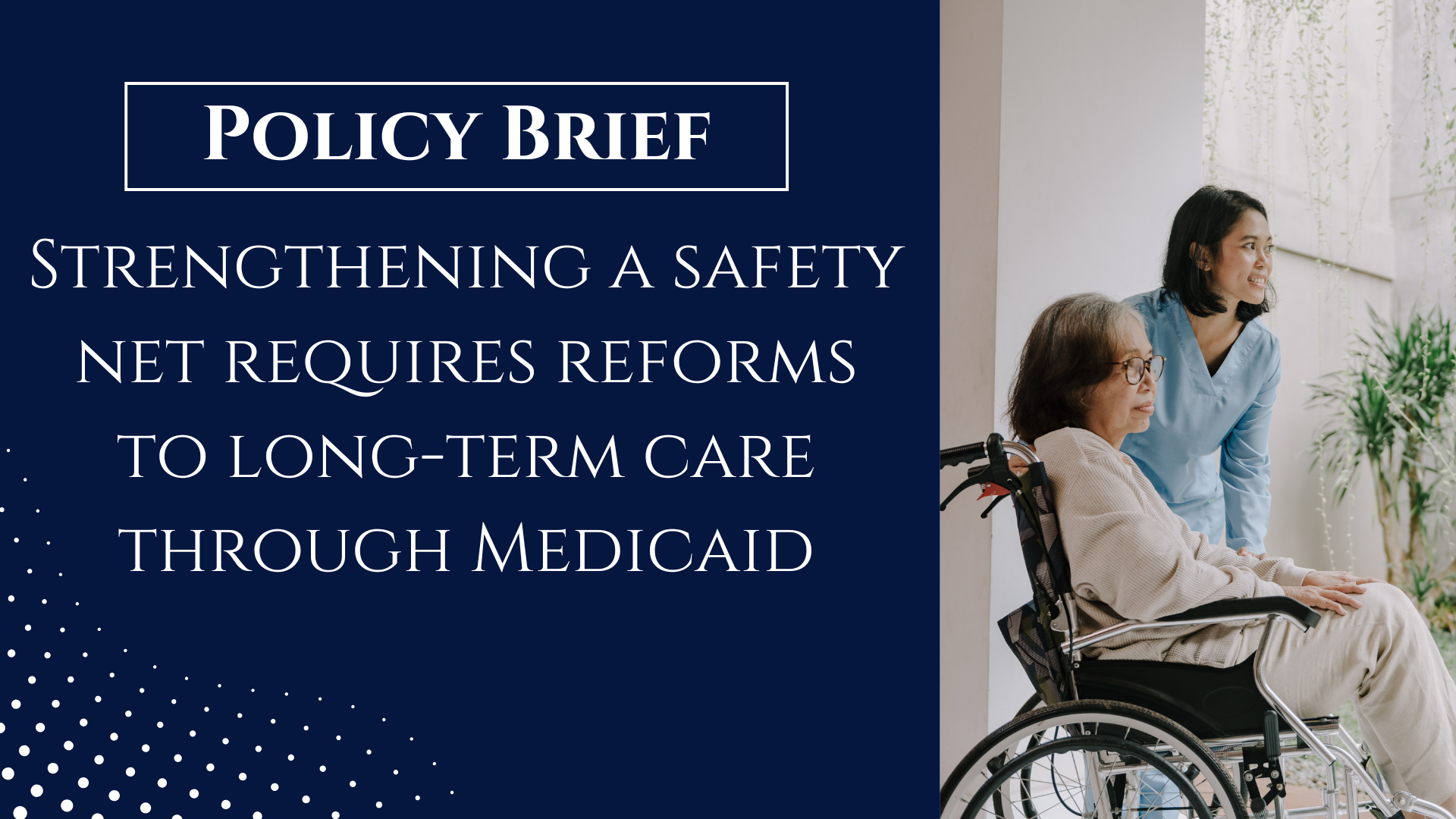In a striking, but predictable, recent paper, authors from the Urban Institute propose combining the Medicare buy-in for 55 to 64 year olds with a public option in the Obamacare exchanges. (here) Secretary Clinton has made these two long-standing Democratic issues part of her presidential health care reform platform. (here)
The authors raise a number of questions with the proposal:
- Should the program be means tested?
- Would enrollees participate in fee-for-service Medicare Parts A and B or enroll in Part C, Medicare Advantage?
- How would premiums be set?
- How would financial assistance be determined?
- Could employees opt out of employer-paid health insurance and enroll in the public option?
- What impact would the proposal have on existing health insurance markets?
The authors believe premiums for the public option should be actuarially fair, but provide enough funds for needed reserves. Cost sharing and premium subsidies would apply, just as in the current Obamacare exchanges. The authors then go on to say that taxpayers would not be at risk.
The paper also addresses providers. Specifically, how should their pay be determined and what mechanism would insure a large enough provider network in certain geographic areas?
The authors admit that Medicare, on average, reimburses physicians at 80 percent of what private insurance pays. Should doctor payments be at Medicare rates or lower and what would guarantee physician participation in the public option? One proposal is to tie traditional Medicare participation with participation in the new public option/expanded Medicare. In other words, if doctors want to continue to participate in the traditional Medicare, then they must also accept patients in the new program.
From a government, central-planning standpoint, combining an expanded Medicare with a public option in the Obamacare exchanges forces the country closer to a complete, single-payer system. One of the most worrisome aspects of this proposal, however, is the speculation that taxpayers would not be at risk.
Of course taxpayers would be at risk. The Obamacare exchanges are losing private insurance companies now because of adverse risk selection and their inability to make a profit. The public option, combined with taxpayer premium subsidies, would not need to make a profit. The program could simply take more taxpayer money or add to the national debt.
Another very worrisome part of the proposal is that the government would potentially force providers into the combined program with the threat of excluding them from the traditional Medicare plan if they did not participate in the new program. This would be government control at its worst.
The Urban Institute authors provide a fairly honest road map for the government central-planners. Lost in the paper, however, is what would actually be best for patients.





